How to Design a Minimalist Home — 10 Tips for Creating a Cozy Space
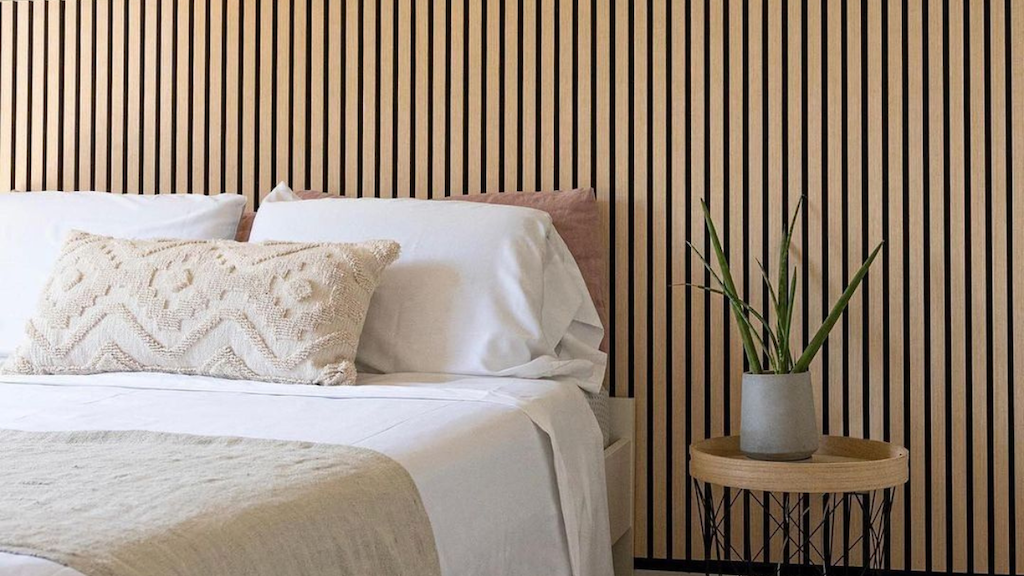
Minimalist home design is all about simplicity. Think clean lines, uncluttered spaces, and a focus on intentional living.
It’s about stripping away all the things you don’t need, keeping only what adds value to your life and home.
In this guide, we’ll take a look at ten practical, easy-to-follow tips for designing a minimalist home that’s equal parts functional and cozy.
10 tips for designing a minimalist home
Imagine walking into a space that feels airy, open, and calm. Everything has its place, and there’s room to breathe.
Minimalist design is about creating a space that promotes peace and functionality. After all, your home should work for you, not against you.
Here are some minimalist home decor ideas and tips that can help you achieve just that.
1. Start with decluttering
You can't create a serene, clutter-free space if it’s overflowing with your belongings.
Begin by sorting everything into three piles: keep, donate, and discard/sell. Be ruthless in your decision-making.
Ask yourself, “Does this item add value to my life?” If it doesn’t, it’s time to say goodbye.
Focus on keeping only those items that are functional or the ones that bring you joy. Not only does this set the foundation for a truly minimalist home, but it can be freeing to let go of the things you no longer need.
2. Choose a neutral color palette

With that said, it is possible to add pops of color without overwhelming your space. We recommend choosing soft hues and earthy tones. Think blues, browns, tans, and greens in the form of textiles, artwork, and houseplants.
Eager to include more vibrant colors or a splash of energy? Add a few smaller pieces that feature these colors, such as lamps or throw cushions.
Including smaller doses of these hues helps them blend in with your decor, instead of sticking out like a sore thumb.
3. Bring nature inside

Natural elements can add warmth and texture to a minimalist home. Small touches like wooden furniture, potted plants, and stone accents add to the minimalist aesthetic while creating a sense of tranquility.
You can also opt for bigger features of these natural materials, such as an accent wall.
Wood slat wall panels add a sophisticated touch that blends functionality with natural beauty. They’re the perfect complement to any room in your home, whether you’re designing a minimalist home office, bedroom, bathroom — the list goes on.
4. Focus on functional furniture
Functional furniture is a cornerstone of minimalist design. Pick pieces that serve multiple purposes to maximize your space. These can include storage ottomans, extendable dining tables, and sofa beds.
Versatile pieces help you maintain a clutter-free environment while providing practical solutions for everyday living. By focusing on functionality, you can enjoy an efficient home without sacrificing comfort.
5. Embrace open spaces

Instead of overcrowding rooms with too much furniture or decor, aim for a layout that promotes easy movement and a sense of openness.
Arrange your furniture to create clear pathways and intentionally leave some areas empty. This approach not only makes your home feel more spacious and airy but also allows each piece to stand out.
7. Keep decor simple and meaningful
In minimalist home design, the #1 rule is this: less is more.
To keep your decor simple and meaningful, choose pieces that reflect your personal style and add character to your home without creating clutter.
Instead of filling shelves with random trinkets, opt for a few carefully selected items that have sentimental value or tell a story. This reduces visual overwhelm and makes your home feel more intentional.
8. Choose your storage carefully
Going hand-in-hand with the previous tip, simplicity is important in minimalist home design. It’s crucial to find a place for the pieces you don’t need on display.
A great way to keep your items out of sight? Choosing the right storage solutions.
Look for creative ways to store your belongings discreetly, such as built-in shelves, under-bed storage, and hidden compartments. By keeping surfaces clear and organized, you’ll achieve that clean, uncluttered look you’re going for.
Regularly reorganize your storage to make sure they’re still meeting your needs.
9. Prioritize natural light

Natural light plays a huge role in creating a minimalist home. It makes spaces feel bigger, brighter, and more welcoming.
Maximize natural light with sheer curtains and strategically placed mirrors to reflect light throughout your rooms. Avoid heavy drapes or dark blinds that can block light and make a space feel closed in.
Embracing natural light enhances the aesthetic of your home and also improves your overall well-being, according to research.
One study in particular compared employees working in windowless offices to those working in offices with natural light. No surprise, those with less sunlight exposure had worse self-reported moods and sleep quality.
10. Maintain your minimalist space
Maintaining a minimalist home isn’t a one-off. It’s an ongoing effort.
Regularly declutter, be mindful of new purchases, and keep surfaces clean and organized.
Focus on quality over quantity and be intentional with your belongings.
No, this doesn’t mean you can’t ever buy new things. Just make sure you consider how each new item fits into your space and lifestyle.
Why should you consider a minimalist home design?
Adopting a minimalist home design isn’t just great for aesthetics. It comes with many benefits that can enhance your quality of life.
Better physical & mental health
Clutter can have major effects on your physical and mental health.
Walking into a cluttered room can also make you feel overwhelmed and anxious. A study of 60 dual-income couples found that female participants in cluttered homes had higher levels of cortisol (a hormone associated with stress) and increased depression symptoms.
A minimalist home reduces visual clutter, promoting a sense of calm and focus. Without the distractions of excess belongings, you can feel more grounded and at peace.
Easier to clean and maintain
With fewer items, there’s less to dust, vacuum, and organize.
In a minimalist home, your surfaces are generally clear, meaning you won’t have to constantly move objects around when tidying. A cleaner home with less effort — what’s not to love?
By spending less time on cleaning, you free up your schedule for the things you love. Whether it’s spending time with your family, going for a run, or anything in between, you can enjoy these activities with the peace of mind that a clean home is waiting for you.
More sustainable and eco-friendly
By choosing quality over quantity and focusing on essentials, you reduce waste and the demand for mass-produced, disposable items. Investing in durable, timeless pieces means you buy less and make more thoughtful, eco-friendly choices.
Depending on the products you choose, the items in your minimalist home can also benefit the environment — as long as you shop with climate-conscious brands.
For example, at Andor Willow, we’re committed to sustainability. Not only do we plant one tree for every Willow Panel sold, but our felt backing (used to hold wall panels in place) is 100% recyclable.

Creating a home that feels like you
As renowned minimalist designer Joshua Becker says, “Minimalism is the intentional promotion of the things we most value and the removal of anything that distracts us from it.”
Minimalism isn’t about owning the least stuff or having the cleanest home. It’s about creating an environment that reflects your values and priorities. It’s about making space for what truly matters to you.
It’s not just about white walls
By taking steps as simple as decluttering your space, embracing neutral color palettes, and investing in multifunctional furniture, you can transform your home into a minimalist space.
Remember, you don't have to make all these changes overnight.
Start small and gradually implement these tips at your own pace. Maybe begin with one room or even just one corner.
So, take that first step towards minimalism. Your serene, clutter-free haven awaits.
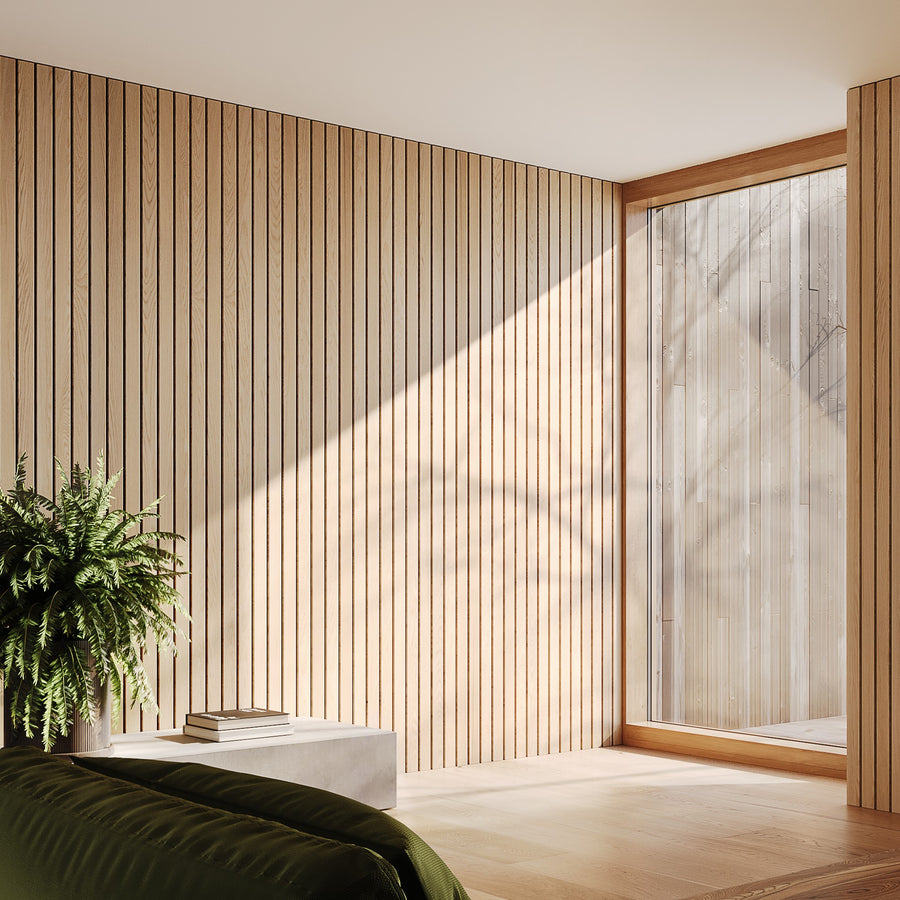
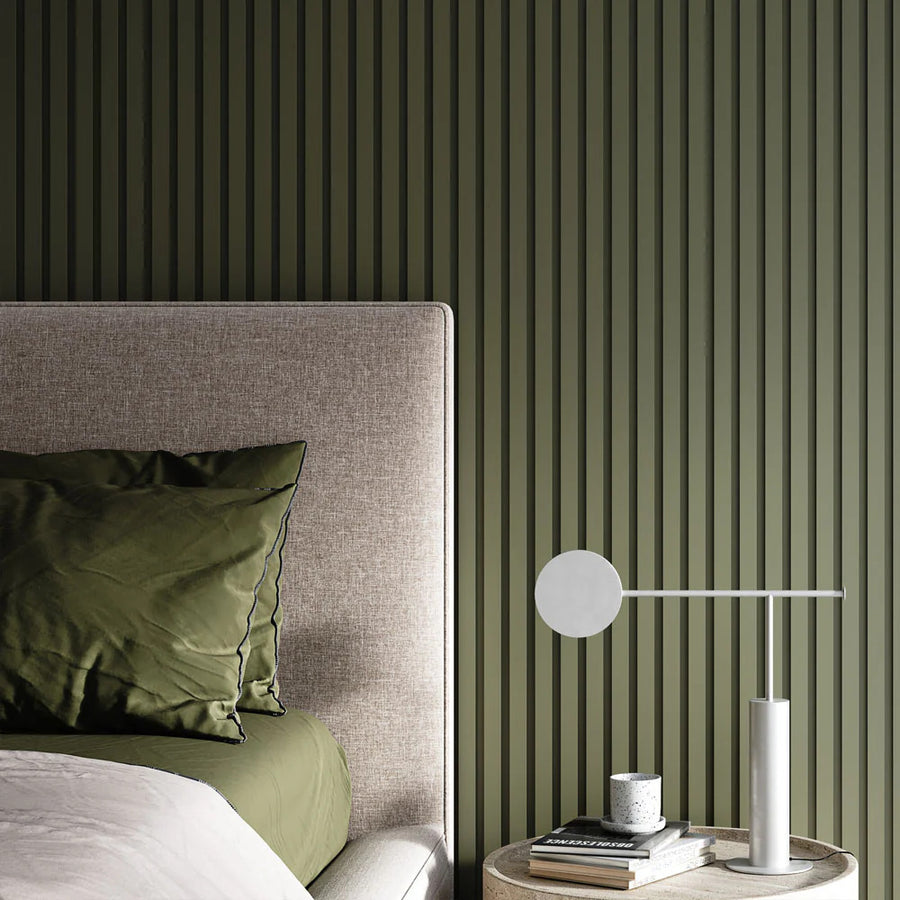
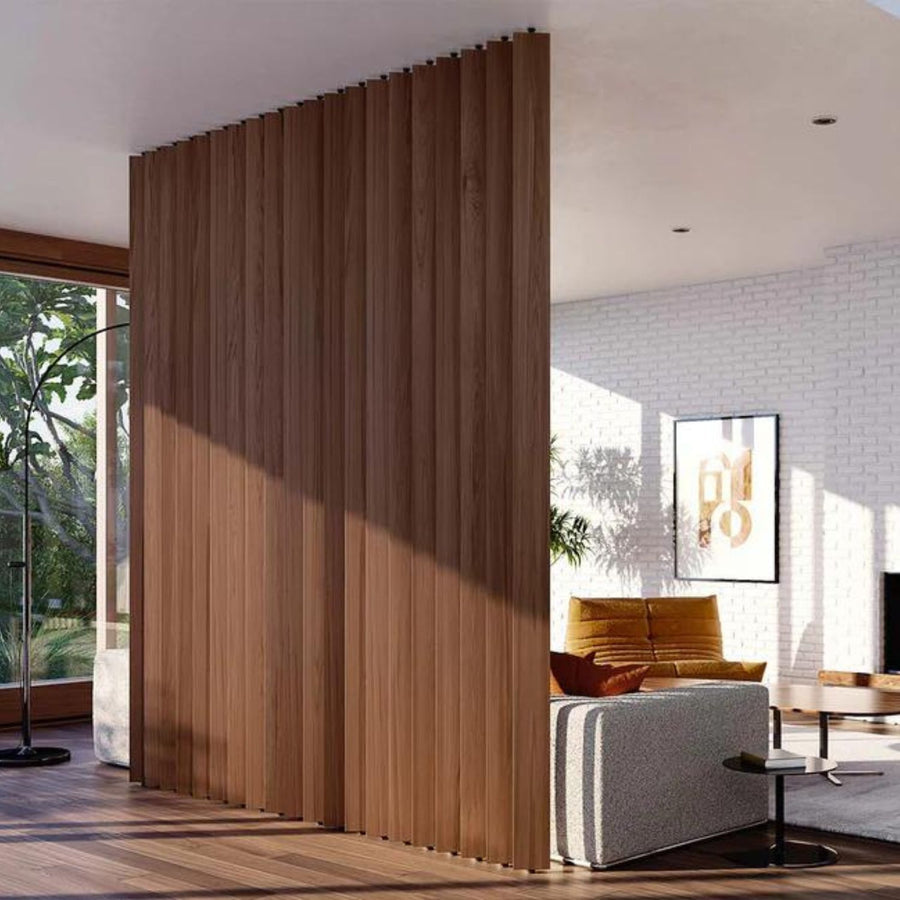

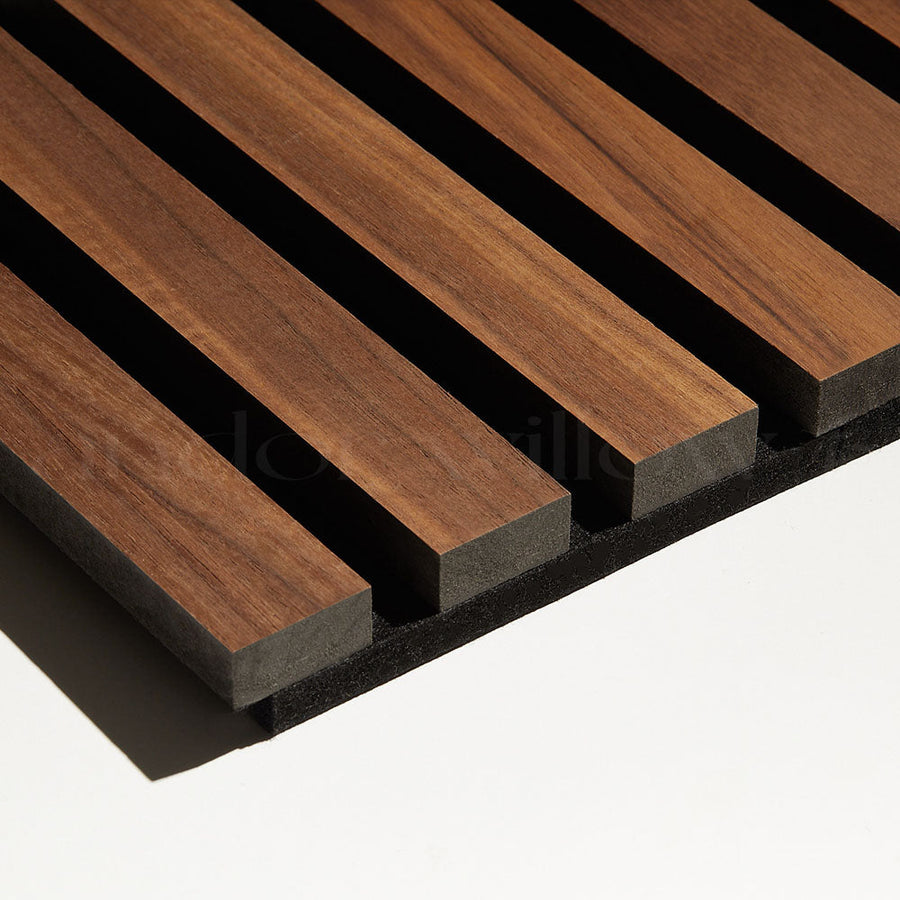
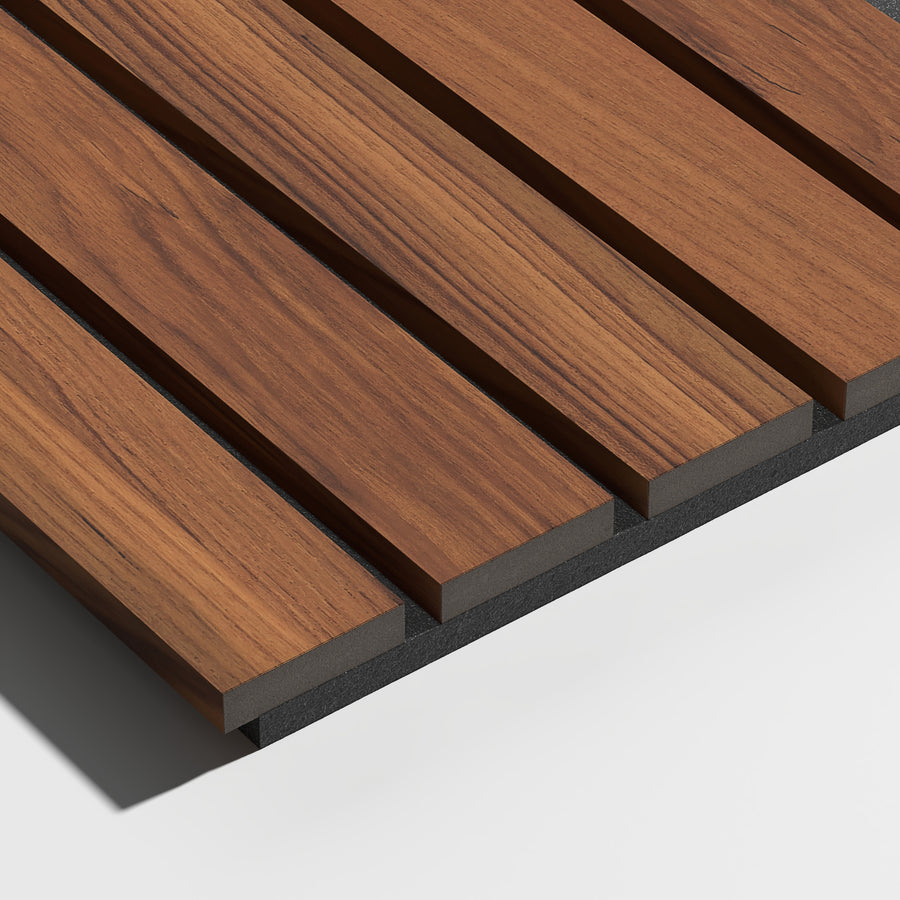


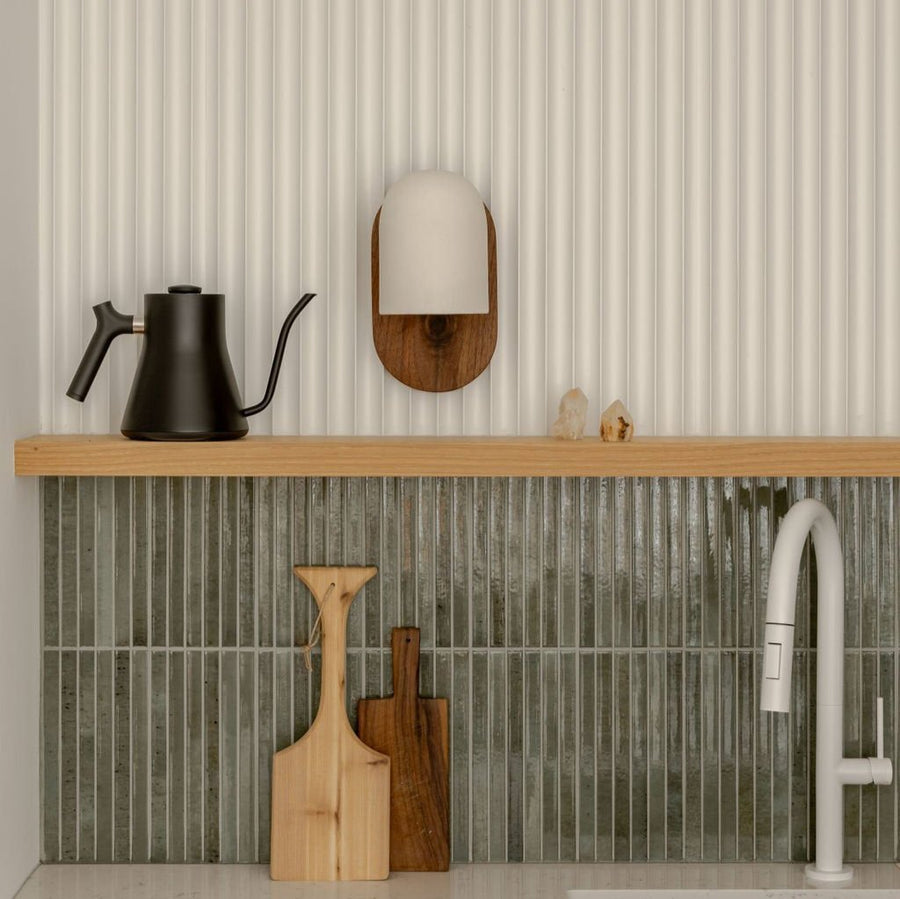
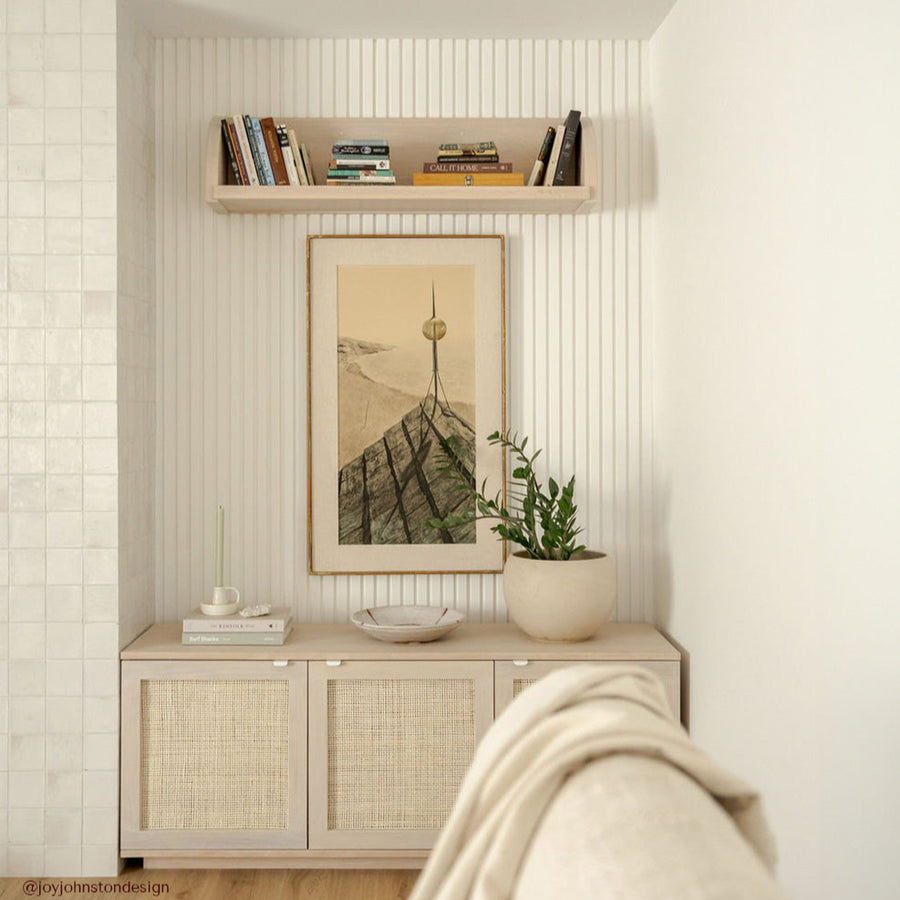

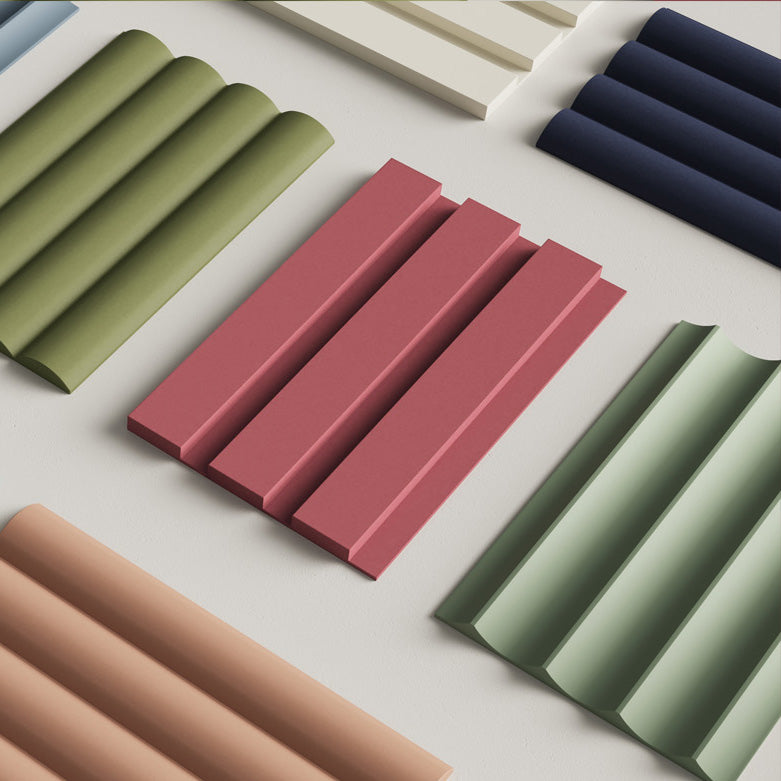









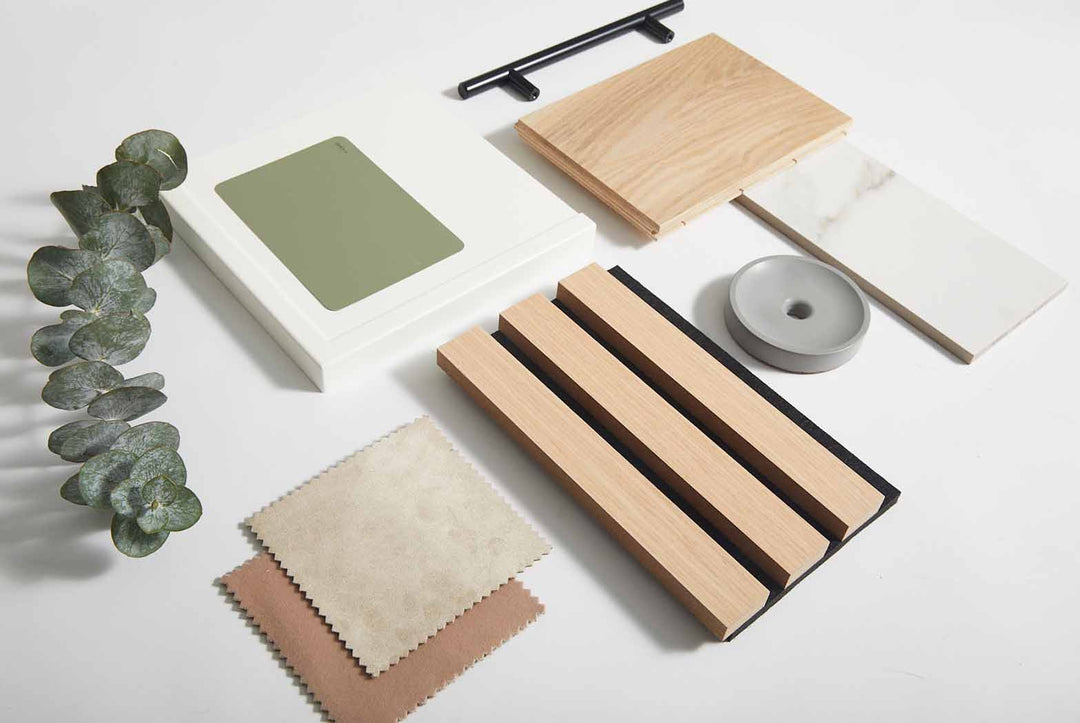

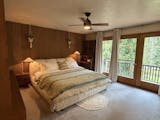










This guide makes designing a minimalist home feel achievable and elegant—clean lines, thoughtful space planning, and intentional style. I love how it balances simplicity and livability.
Here are some great tips for designing a minimalist home! Clean lines, neutral colors, and functionality are inspiring. Anyone looking to create a clutter-free, calm environment will find it helpful.
Great tips! A cozy minimalist space really helps boost mental clarity and productivity. At arryn.ai, we’ve found that simplicity in design—whether in homes or digital platforms—makes a big difference.
Wonderful post! I love how you broke down the process of designing a minimalist home—focusing on simplicity, functionality, and thoughtful design choices. It’s a perfect guide for anyone looking to create a peaceful, clutter-free space.
Great tips! Spaces can be transformed into peaceful, functional environments through the minimalist approach.
Leave a comment